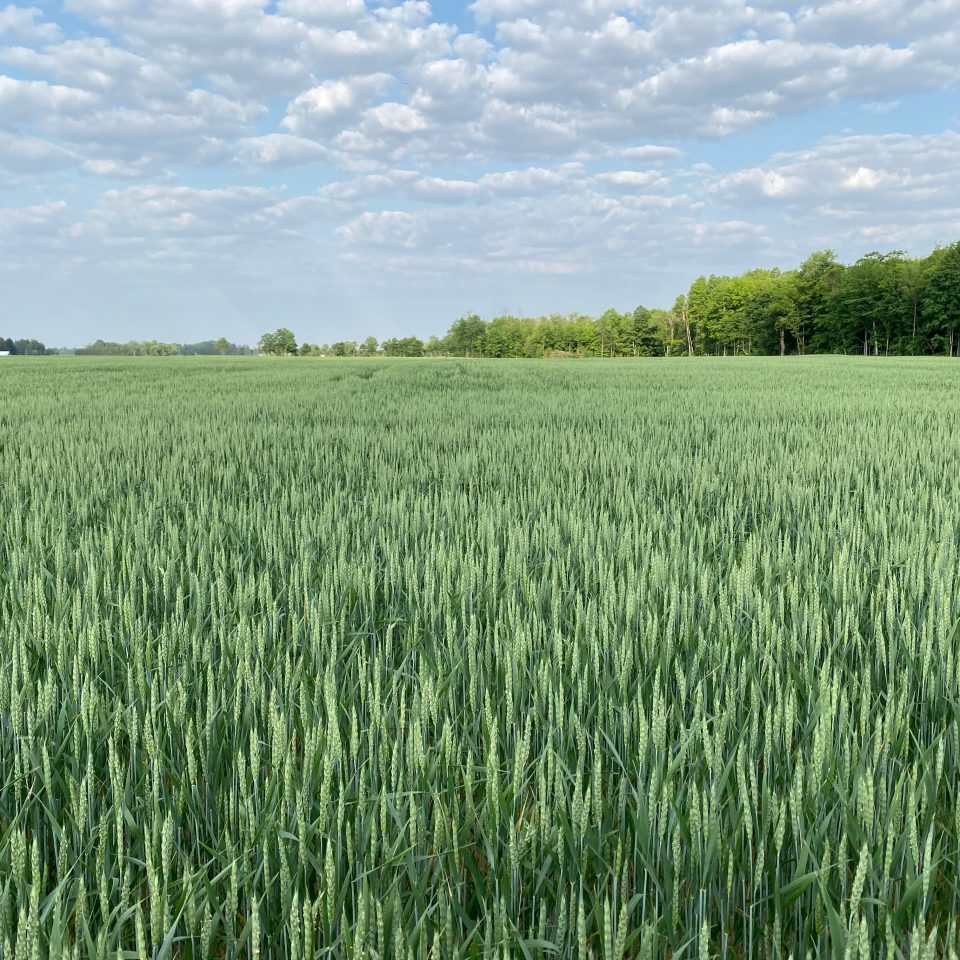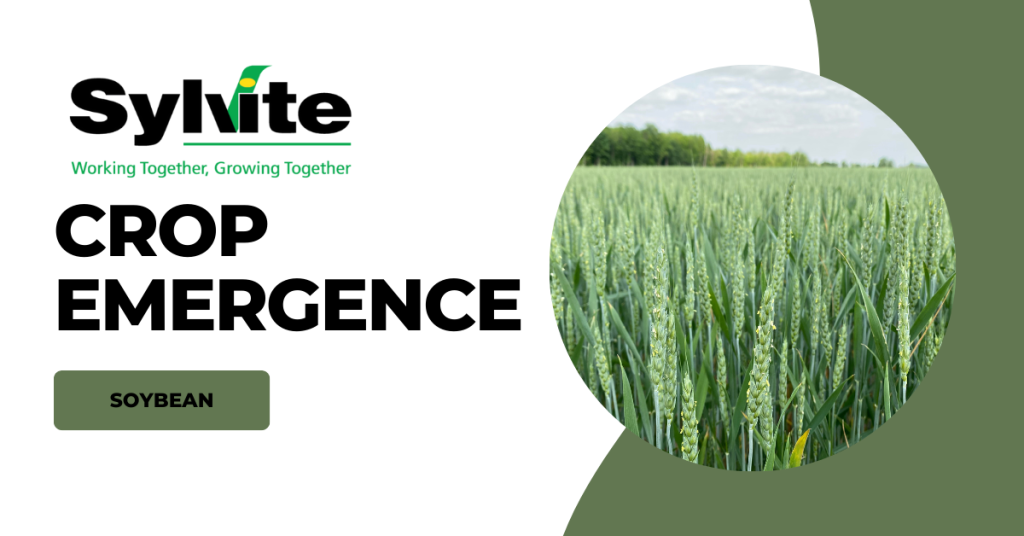

May was dry. In parts of Ontario it rained only 27mm of the average 81 mm over two rainfall events. Soybeans planted before the 20th that were planted into moisture caught the last rain and are emerging successfully. Soybeans planted after the rain are struggling. Emergence on the later plantings has been uneven.
Crop emergence refers to the process of seedlings emerging from the soil after planting. Soybeans, like many other plants, go through specific stages of emergence. Replanting soybeans may be necessary if the initial planting failed due to various reasons such as poor emergence, disease, pests, or adverse weather conditions. Like, lack of rain!
In the case of a replant here are some tips to consider:
- Assess the plant population in the field in different locations. Dig up seedlings to Identify cause of the poor stand
- Areas over 100,000 plants/ac will be thin but should bush out and fill in.
- Look at spray history, check for any residual products that disallow replanting.
- Check Soil moisture. If soil is dry at planting depth 0.5 – 2.5” germination will be unreliable.
- If significant portions of the field are less than 90,000 plants/ac they warrant a replant. Contact your seed rep to see if there is any good value seed warranty or financial assistance.
- When replanting use a population that is 35 – 50 % of the original intended population .
- Do not change maturity selection until mid to late June.
- Plant on an angle to the established planting to minimize disturbance to existing plants.
- Only replant if the new stand can establish successfully, consider economics.
Remember to consult with your local Sylvite Branch for specific recommendations tailored to your acreage. They can provide valuable guidance on replanting soybeans based on best practices.